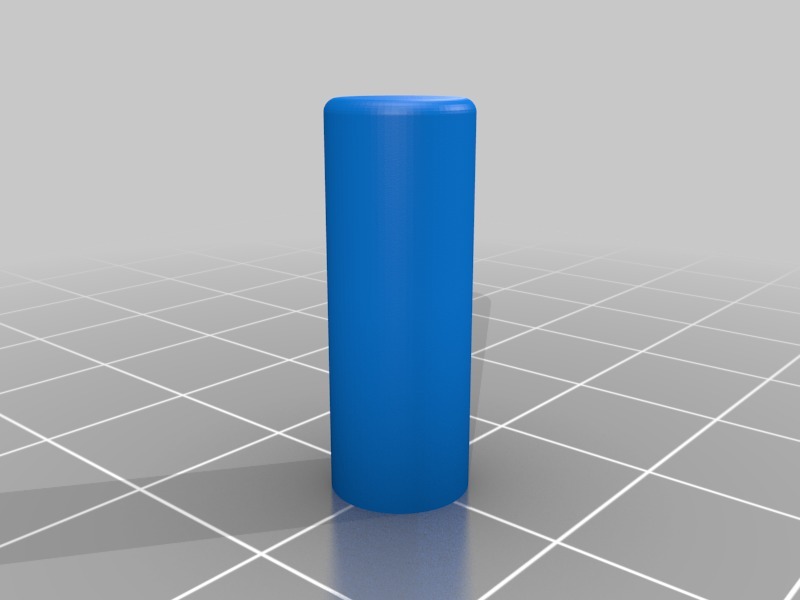
DIY IEMs using 29689 (or equivalent) drivers
thingiverse
<h1>Tested and Working Design</h1> This DIY pair of in-ear monitors (IEMs) is based on the original Etymotic ER4 design. *Parts List:* * BA Drivers: Bellsing 29689 ($8.5) * Dampers: Knowles Damper ($2.6) * Shells: 3D-printed shells ($2) * Cable: Wire ($1) * Tubing: Tubing ($2) * Ear-tips: Foam ($3) I sourced all the parts from Aliexpress, except for the 3D printed shells. You might be able to save more by buying from Taobao, but I didn't want to go through an agent. *Tools:* * Soldering Iron: I used a TS100 set to 340 degrees Celsius. Any other should work. * Blutack: to hold the drivers in place while soldering. * 3D Printer: if you want to print your own shells. It might be easier to buy them from an online shop. * Super Glue: I used Loctite branded super-glue, which is based on Ethyl 2-cyanoacrylate. I suspect most brands of super glue are the same. <h1>Details:</h1> __BA Drivers and Dampers:__ The original ER4 uses Knowles 29689 drivers with green dampers and 18ohm resistors in series. This design doesn't use any resistors. I've used both Bellsing 29689 and Knowles 29689 in my builds, and they have slightly different sonic signatures. I prefer to pair the Bellsings with green dampers and the Knowles with white dampers. You can probably skip the dampers if you use foams with built-in wax guards, but I haven't tried that myself. You can also choose to use other BA drivers with a diameter of less than 5.5mm, such as Sonion 2389s or Knowles 32257/32873. I might use Knowles 26821 with white filters in my next build. __Shells:__ The model has a minimum wall thickness of 1mm and a minimum hole diameter of 1.5mm. You should be able to get them printed using most modern 3D printers. I used ABS, but other materials like PLA should also work. The grip between the tip and shell body is tight enough that they probably don't need to be glued, even though I did anyway, just in case. __Cables:__ You might choose to buy wires from Aliexpress or salvage them from an existing pair of earphones. Re-using existing cables usually means harder solders, but if you're salvaging from a nicer pair of earphones, the added features (microphones, lightning connector) might be desirable. During installation, tie a knot or install a strain relief to prevent damaging the solder joints. __Tubing:__ A tight seal is crucial for good BA driver performance. To achieve an air-tight seal, I used tubings to attach the BA drivers to the shell: use 1mm ID 2mm OD tubing to form a ring on the driver, then connect driver to shell using 2mm ID 3mm OD tubing. __Ear-Tips:__ You should be able to fit most tips designed for nozzles of ~3.5mm diameter. I use Comply T100s on mine, but I've also tried Aliexpress knock-off T100s and they work quite well. Shure triple-flanges also work, but I prefer the T100s.
With this file you will be able to print DIY IEMs using 29689 (or equivalent) drivers with your 3D printer. Click on the button and save the file on your computer to work, edit or customize your design. You can also find more 3D designs for printers on DIY IEMs using 29689 (or equivalent) drivers.
